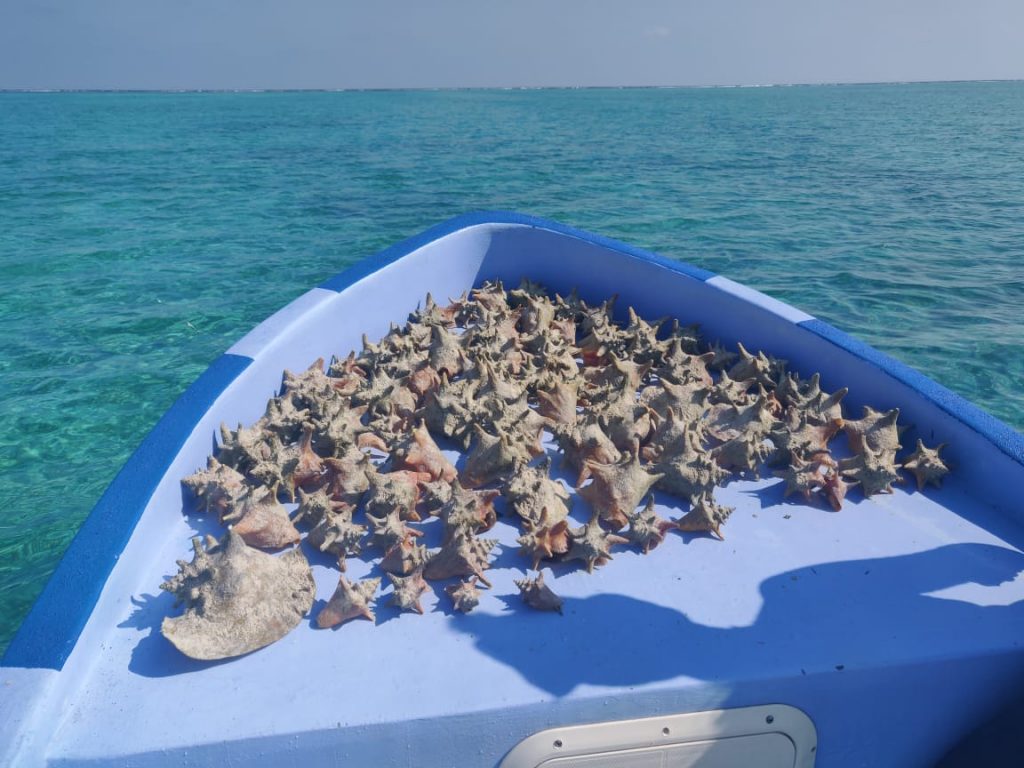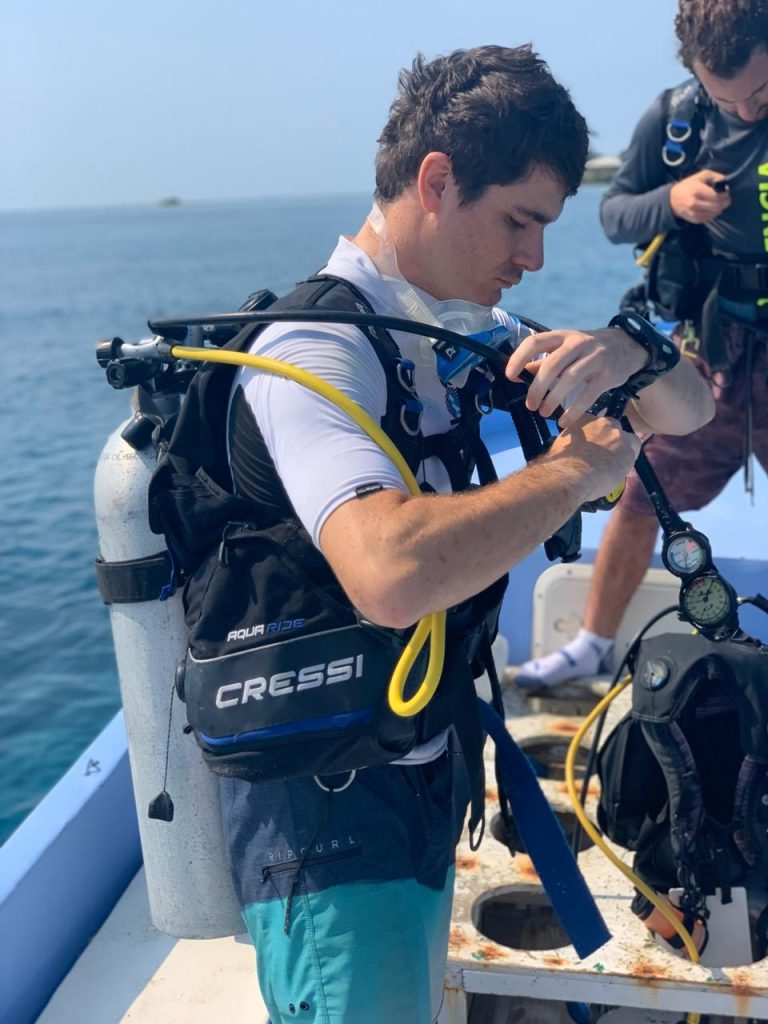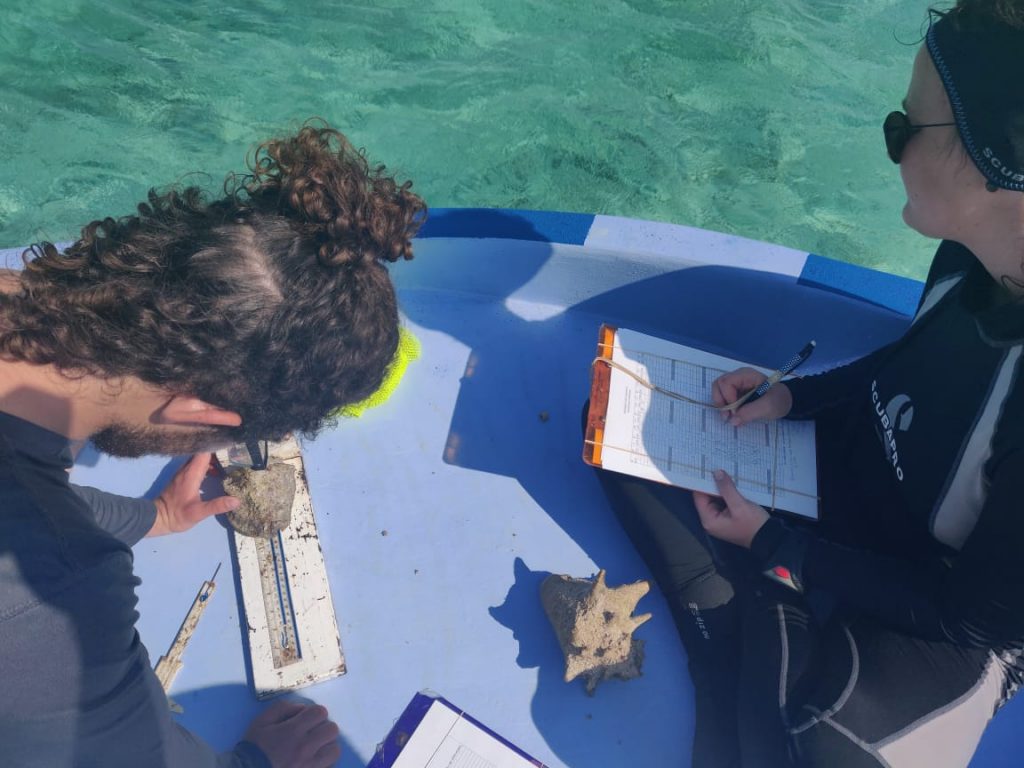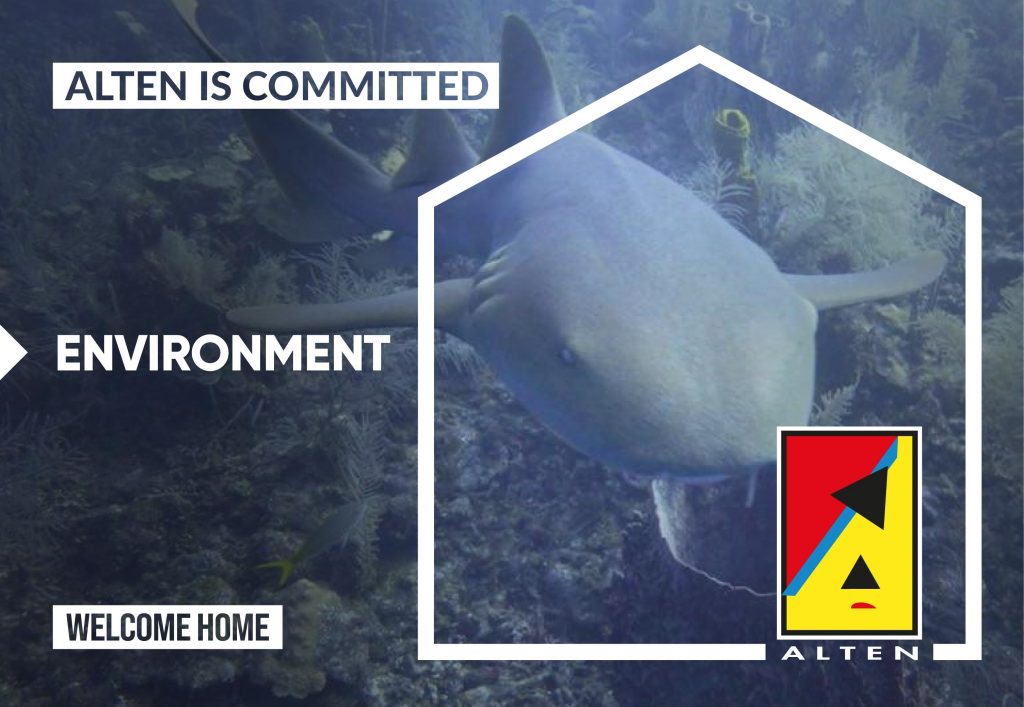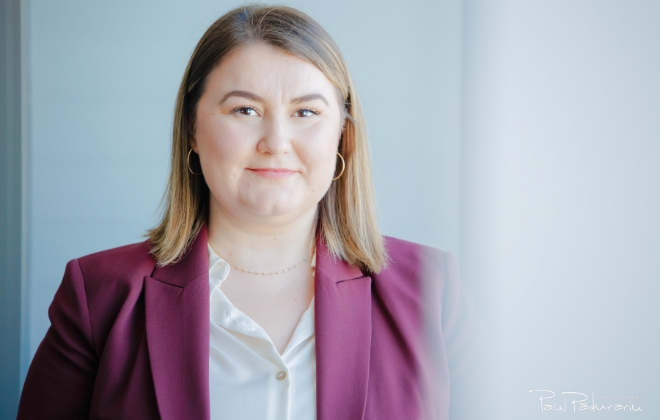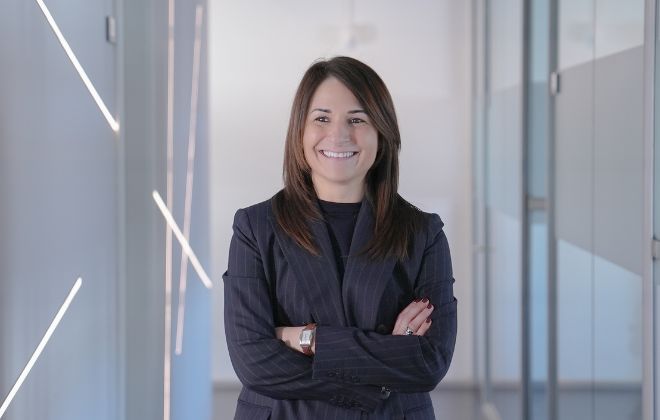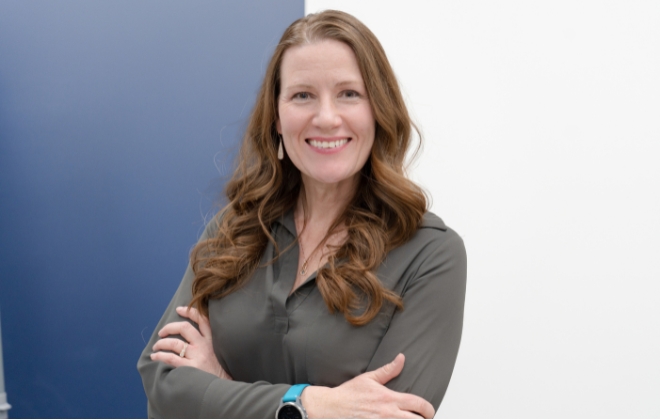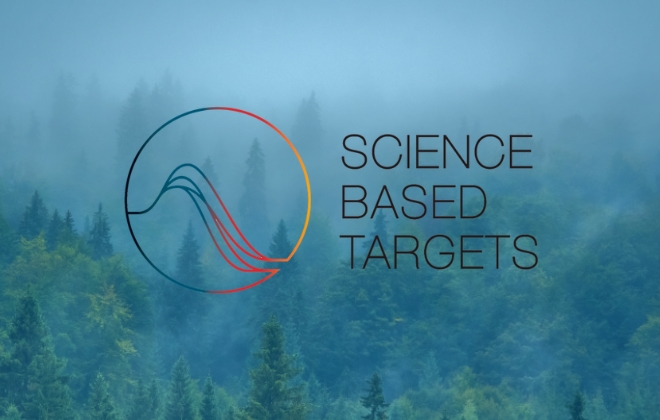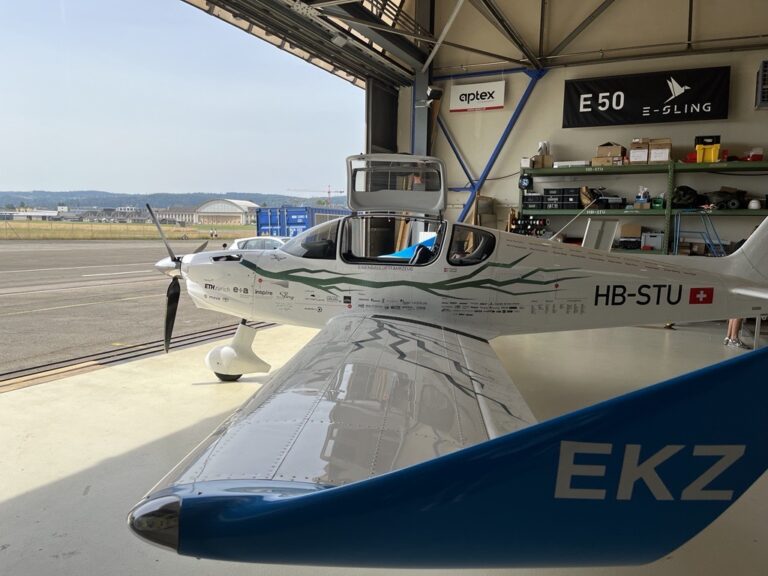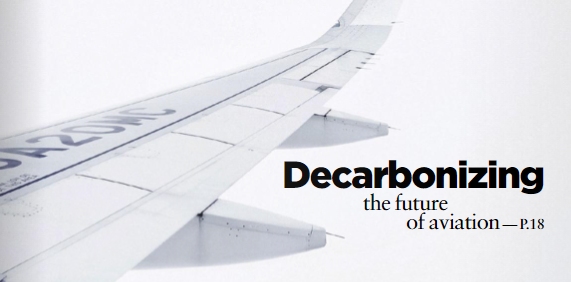ALTEN Switzerland is very proud to support Robin Quiblier, Specialist, engineer specialist in the in pharmaceutical processes. Robin is currently in Belize participating in an Eco volunteering project with an international association which goal is the conservation and protection of the coral reef. We will follow his progress during the month of February.
SEAWEED AND SEAGRASS
This week, Robin worked on the sampling of seaweed and seagrass. Seaweed contains a wide range of vitamins and minerals, including iodine, iron and calcium. That makes it an important nutritional supplement consumed all over the world. Before starting an international commercial production, the government of Belize wants to conduct an impact study of seaweed on the seagrass. Seaweed develops above the seagrass and could avoid the growing of seagrass: this could have negative impact on the ecosystem since the seagrass is an important home for small fishes.
“This project is very interesting because in Europe and in most of the countries, we tend to act based on the economic potential and investigate only when we discover issues (and sometimes it’s too late). Belize, which is a new country (independence in 1981), does the contrary: it builds and approaches the question of tourism and use of natural resources with a long-term and sustainable orientation.”
Robin Quiblier
CONCH SURVEY
Conch is a mollusk that lives underwater and is a very appreciated seafood in the Caribbean and the United States. Since it is also an endangered species, Belize signed the endangered species act (ESA), which allows a country to export a species only if it is proved that the population is still sustainable. Therefore, Robin is helping in the survey of the number of conch population on 27 sites in South Water Caye Marine Reserve. The survey is conducted by catching all the conchs that are on a site of 400 squared meters on each site. Each conch is measured and identifies (juvenile or adult). The data are collected and sent to the Fisheries Department, who determines if the population is endangered or not.
Stay tuned to learn more about Robin’s project in the next weeks!
